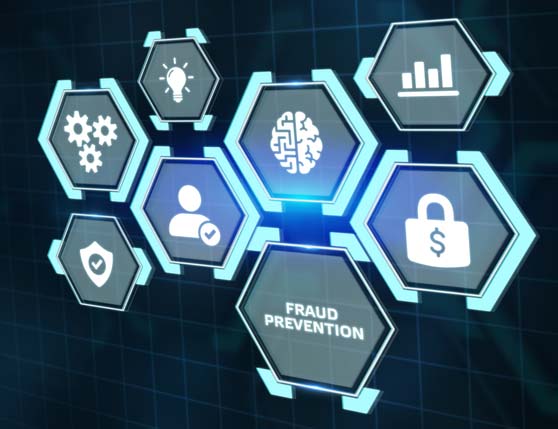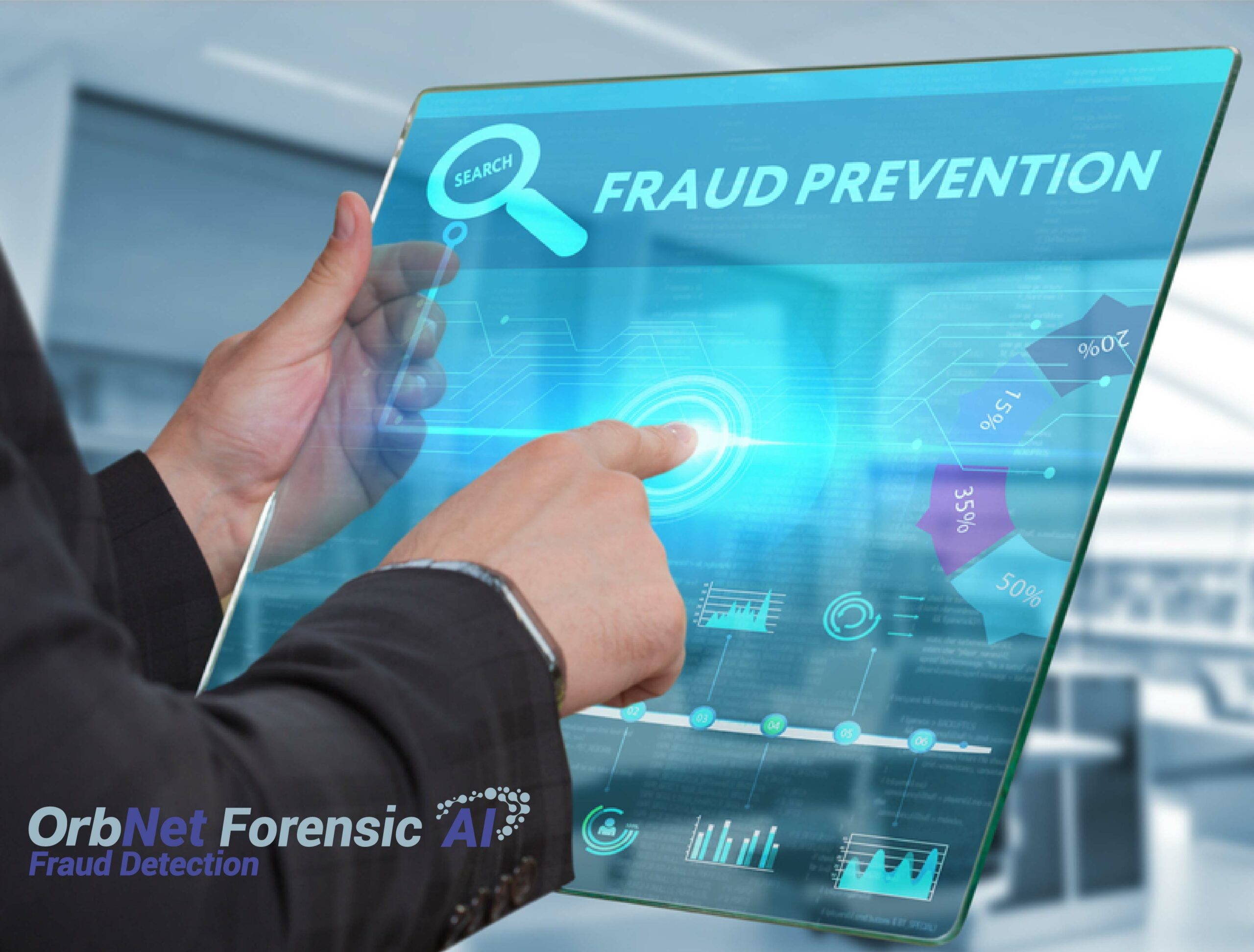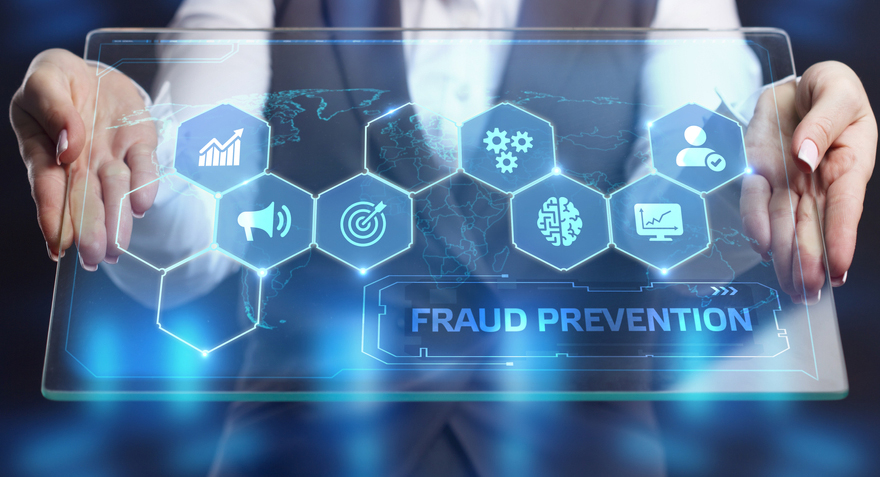How Artificial Intelligence is Changing the Face of Fraud Detection
You are likely seeing more and more news stories and posts on social media talking about the emergence of artificial intelligence as a potential replacement for actual human creativity (in fact, AI has been, evidently, generating an endless Seinfeld episode for more than a month now).
While these dubious feats get much of the mainstream media's attention, it should be noted that AI is also doing a great deal to help businesses and consumers via better and more secure banking services.

Via worldfinance.com:
Artificial intelligence is changing the dynamics of businesses and the banking system is no exception. From mobile banking to customised customer service, the role of AI technology is transformational. The hassle of standing for long hours to get banking services is slowly becoming a thing of the past for retail consumers. Consumers’ desire to reach banking services from the comfort of their homes has increased the demand for mobile banking. A recent study by Insider Intelligence showed that more than 45 percent of respondents considered mobile banking among the top three features that influence their selection of financial institutions.
Banks are also investing heavily in AI and predictive analytics, the article notes to make better decisions and provide customized services. AI is able to use customer behaviors to predict future needs.
Banks are using these data analytics to develop their marketing strategies. “Ensuring transparency and explainability in AI-based decision-making is not just a competitive advantage for us, but also the right thing to do by our client,” says Standard Chartered’s Retail Banking Group Head, Vishu Ramachandran. In this way, they are identifying consumers’ preferences and offering targeted products and services, which has helped it to decrease costs and increase productivity.
How Artificial Intelligence has Changed Fraud Detection
For decades, fraud detection and risk mitigation relied heavily on algorithms and human intelligence. However, over the past decade, we have seen the banking industry adopt artificial intelligence and machine learning to replace many functions performed by the outdated algorithms and assist professionals in their quest to stop fraud.
There are two main methods that artificial intelligence and machine learning are utilized: image forensics and behavioral analytics.

Image Forensic AI for Fraud Detection
Traditional image analysis technologies leveraged algorithms to detect issues on the images of payments -- particularly checks. As fraudsters evolved and honed their skills, it became more difficult for these technologies to identify issues with the images from checks.
Enter image forensics leveraging artificial intelligence and machine learning -- developed based on the principles of forensic document examination. As noted by Khody Detweiler, Forensic Document Examiner at Lesnevich & Detwiler:

Forensics as a whole is the application of science to law. Forensic document examination is a subcategory of the forensic field, dealing with the authenticity of the documents. In a way, it is similar to the ballistics or fingerprint forensic disciplines.
It could involve the examination of signatures, handwriting, a security feature – as in the situation with passports or travel documents – or identifying the age of a document. What we do as forensic document examiners is analyze documents to make determinations as to authenticity, which could be the document as a whole or some part of the document...
Mr. Detweiler further explains how AI compares to a forensic document examiner:
There is a lot of commonality between how software operates and how a document examiner looks at documents and signatures. Tying back to those 21 discriminating elements, the software and examiner analyze similar features such as spacing, sizing, letter formation, etc.

AI software doesn’t exactly tell you which features are being analyzed by name. In the case of OrbNet Forensic AI, I know there are 512 feature vectors used in feature extraction which are incorporated with this image analysis. Also remember that software typically analyzes 200 dpi bitonal images in check processing.
Looking at the check as a whole, the software can certainly run the analysis faster and with greater depth and breadth...
Through this approach and development, banks are able to detect over 95% of counterfeits, forgeries, and alterations on targeted use cases.
Behavioral Analysis for Fraud Detection
As many are aware, behavioral analysis is the evolution of transactional analytics -- where transactions for accounts are analyzed for anomalous behavior or patterns that indicate fraud. This is particularly useful for anti-money laundering, where a report by Zippia showed that the US is dealing with money laundering worth $300bn each year.
Leading banks are using real-time AI risk management technologies to determine customer behaviours and transaction patterns to combat terrorist financing and money laundering. It closely monitors high-risk accounts by matching a customer’s expected monthly turnover with their actual monthly transactions to raise red flags. This ultimately assists banks in implementing controls to safeguard against losses, fraud and in turn enhances ROI for their consumers.

This is also leverage for checking accounts, where banks are able to monitor transactions -- even checks written -- for anomalous behaviors. Many banks are sending text message/email messages on fraudulent transactions to customers -- enabling customers to review the transaction for approval or denial.
The Human Factor
This does not, however, preclude the human factor. "Artificial Intelligence technology invariably needs human beings,” says Simon Carter, Head of Deutsche Bank’s Data Innovation Group.
For both behavioral analytics and image forensics, when a check is flagged as a possible fraud, a human still needs to review the item. Whether it is a fraud professional at the bank reviewing the item or a customer receiving an alert and approving or denying the transaction, this feedback is needed and is important so the system is able to learn and evolve. As more transactions occur, more data is processed and added to its data set.

While automation is an important goal for banks, there is no replacing the human factor as they play a major role in the continuous evolution and training of the technologies.